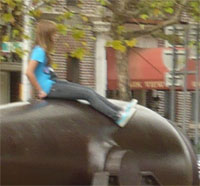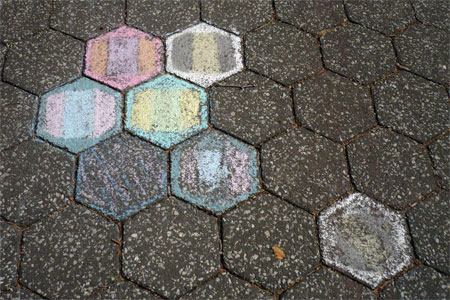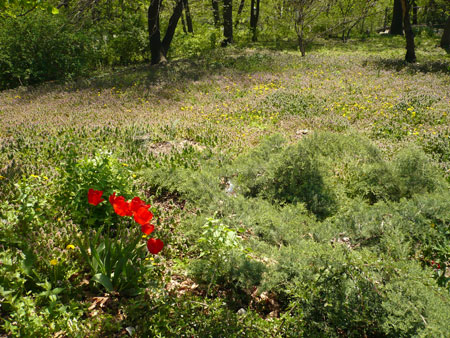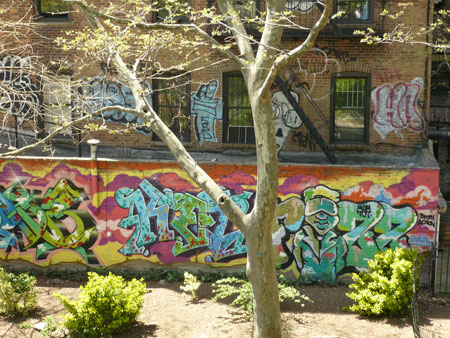As the Governors Island ferry prepared to leave Manhattan for the two-minute trip (I'm exaggerating, but not by much), this funky picture of the Staten Island Ferry presented itself.
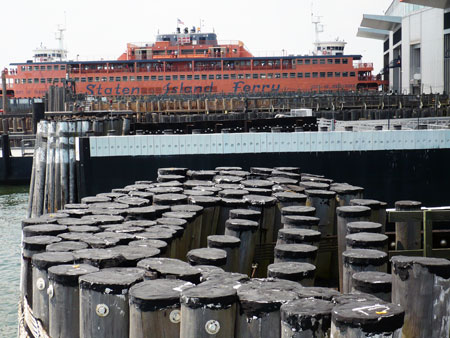
According to this source, Governors Island was the longest-lasting continuously active military post in the US, from 1794 to 1997. It was really a military town, with homes, a chapel, and everything else. During the 20th century there was even a hotel for the use of visiting family.
Since the federal government turned over the former Coast Guard base to the State and City of New York in 2003 for one dollar, essentially nonexistent development became first sluggish and now rapid. With the City now in full control, it's only going to accelerate. These photos from 2008 may already bear the patina of nostalgia.
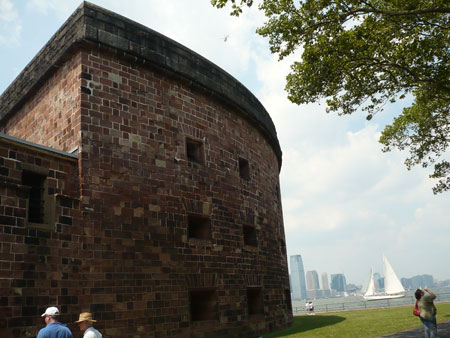
Castle Williams looms as a somehow unrealistically picturesque sailboat passes by. This part of the island is a National Historic Landmark District.
Much of the island is to become a public park—although in fact it already is—and parts will be developed, including a high school and possibly even a satellite campus for NYU.

Building 406, Officer's Housing
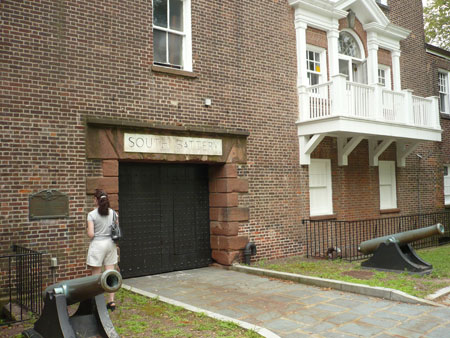
South Battery
Along with history there's plenty of artistic creativity on the island:
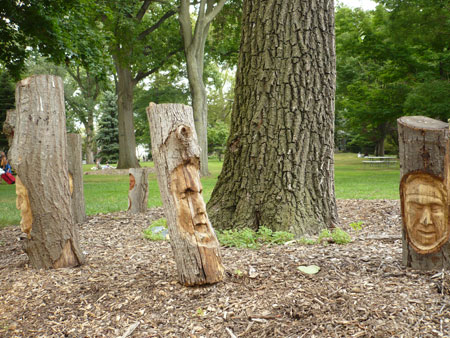
Ents?
…and some unique views.
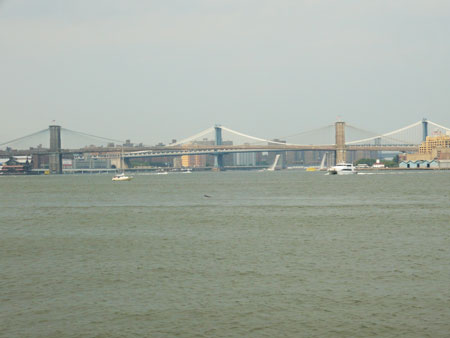
The Brooklyn, Manhattan, and—if you look carefully on the far right—Williamsburg Bridges, all in one photo—a pretty special view.
I worry that Governors Island will be ruined by all the development. I know there's going to be a beautiful, hilly park. But there is something charming about its present unfinished, half-ghost-town state, and that is almost sure to vanish within a few years. There's already a Water Taxi Beach. Fun, I guess, if you like that sort of thing.
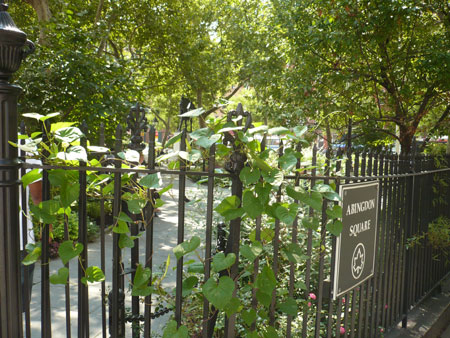
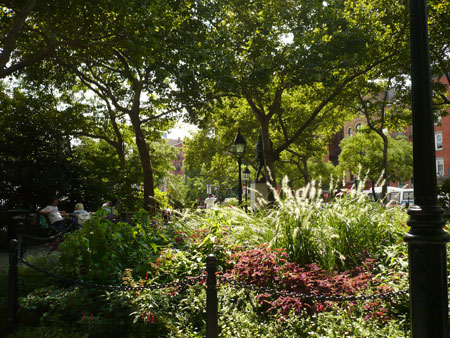
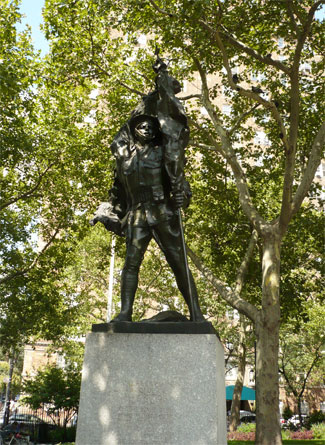
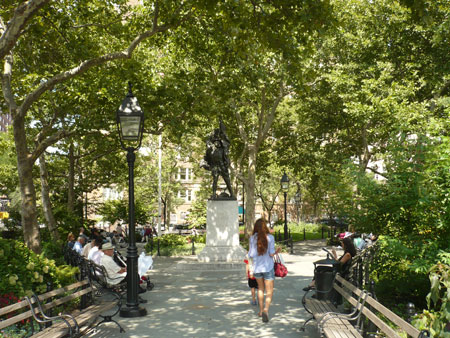
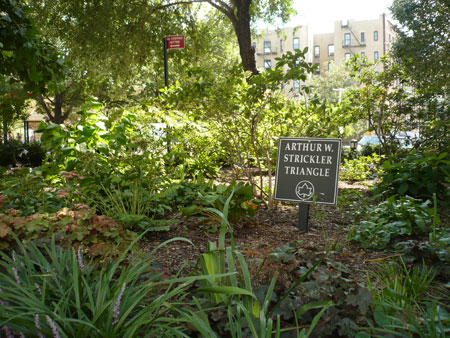
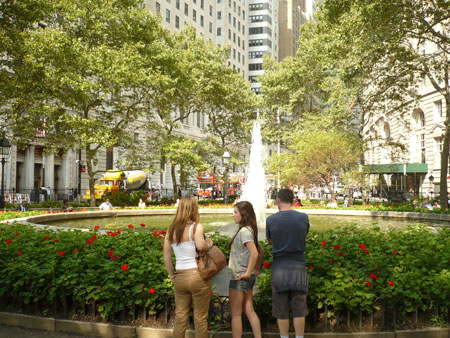
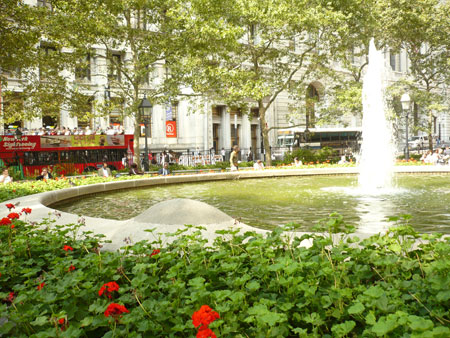
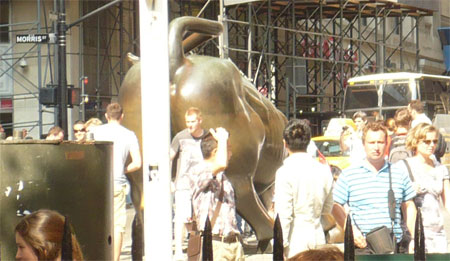

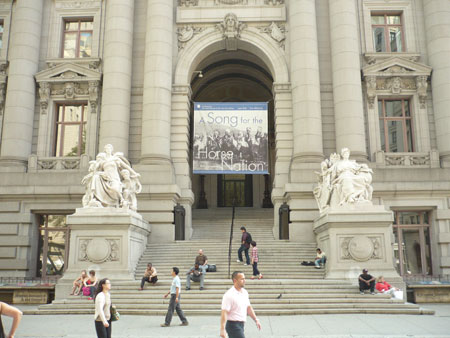

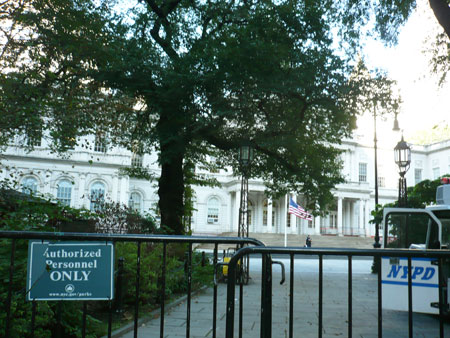
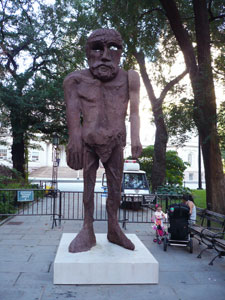 If the barricades and police presence aren't enough to discourage your unauthorized self from getting too close to the House of Bloomberg, maybe Thomas Houseago's bronze Untitled (Red Man) will do the trick.
If the barricades and police presence aren't enough to discourage your unauthorized self from getting too close to the House of Bloomberg, maybe Thomas Houseago's bronze Untitled (Red Man) will do the trick.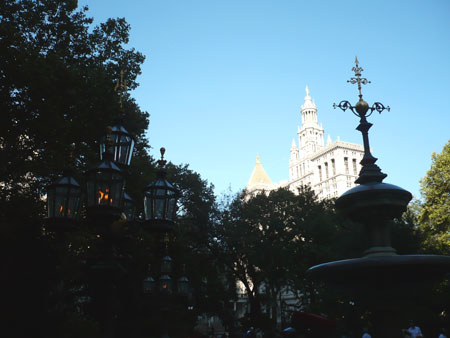
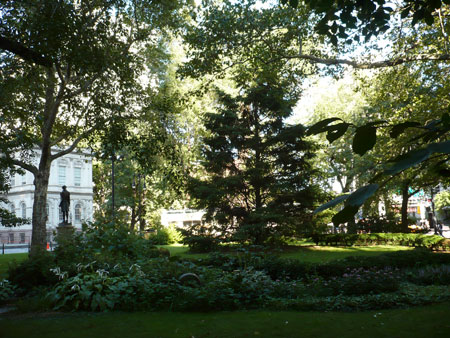
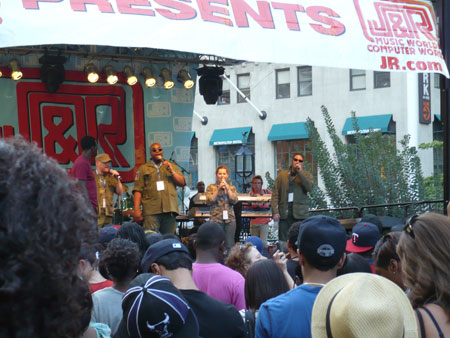
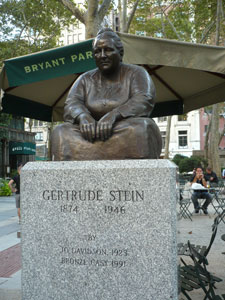 became a crazily successful hub for social activity, which it remains today.
became a crazily successful hub for social activity, which it remains today. 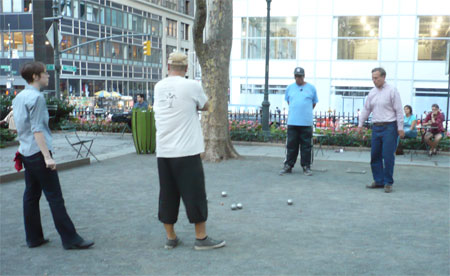
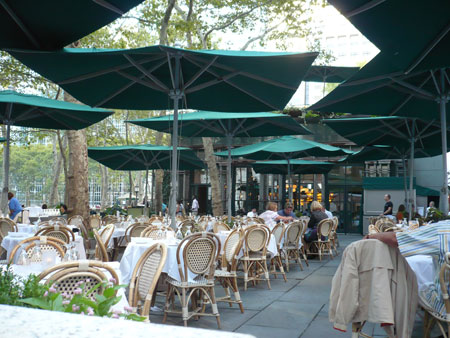
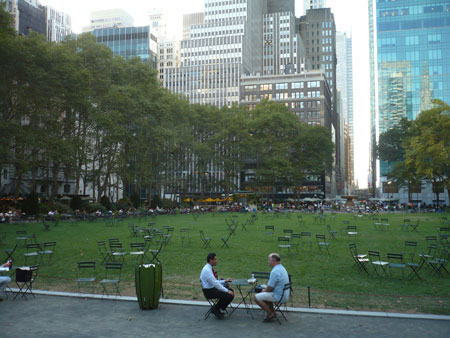


 The central World War One monument holds the Chelsea Doughboy statue, a striking piece by Philip Martiny, who studied with Saint-Gaudens. It was dedicated in 1921.
The central World War One monument holds the Chelsea Doughboy statue, a striking piece by Philip Martiny, who studied with Saint-Gaudens. It was dedicated in 1921.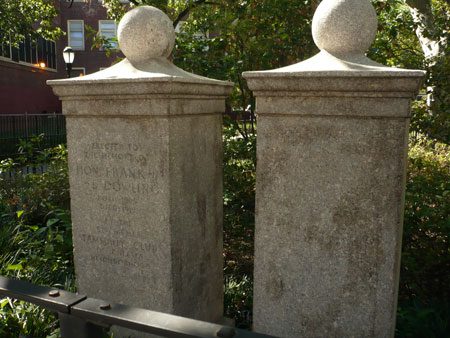
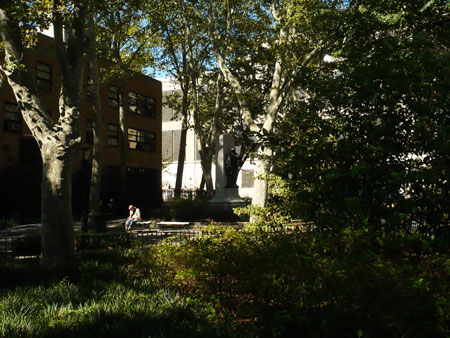
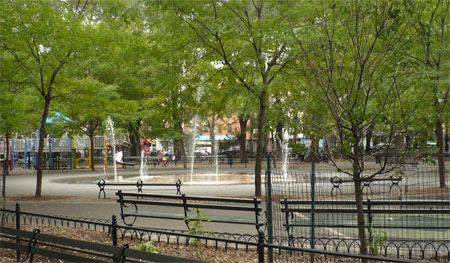
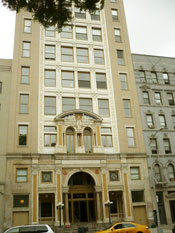 and the handsome 1909
and the handsome 1909 
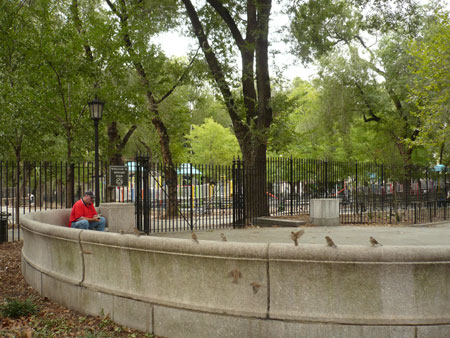
 What Seward Park lacks in beauty it seems to make up for in unexpected Sewardine semiotics, such as a "Mount McKinley" play unit honoring "Seward's Folly"—Alaska. I prefer the more obvious signage, though, like the superbly ungrammatical "Please Flush" notice in the men's room.
What Seward Park lacks in beauty it seems to make up for in unexpected Sewardine semiotics, such as a "Mount McKinley" play unit honoring "Seward's Folly"—Alaska. I prefer the more obvious signage, though, like the superbly ungrammatical "Please Flush" notice in the men's room. 
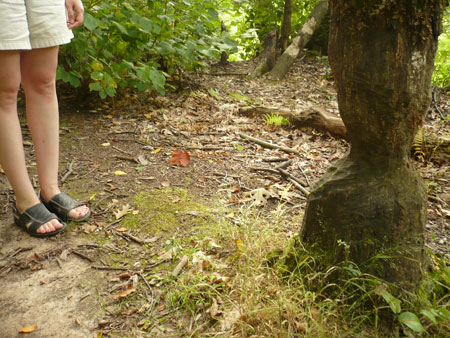
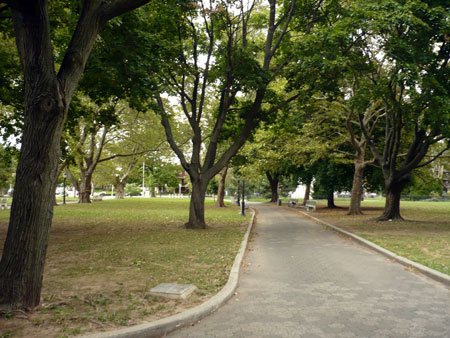
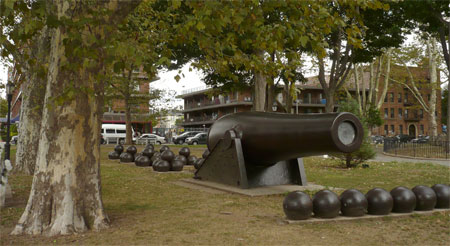
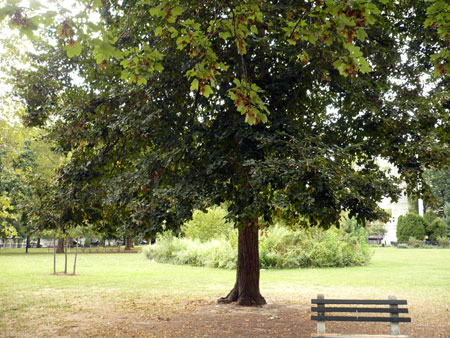
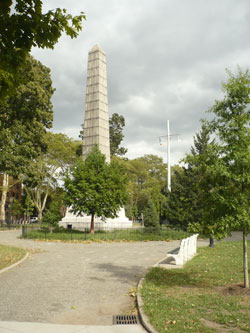 the sun came out for a moment, illuminating the great granite obelisk and the flagpole. The obelisk commemorates the
the sun came out for a moment, illuminating the great granite obelisk and the flagpole. The obelisk commemorates the 